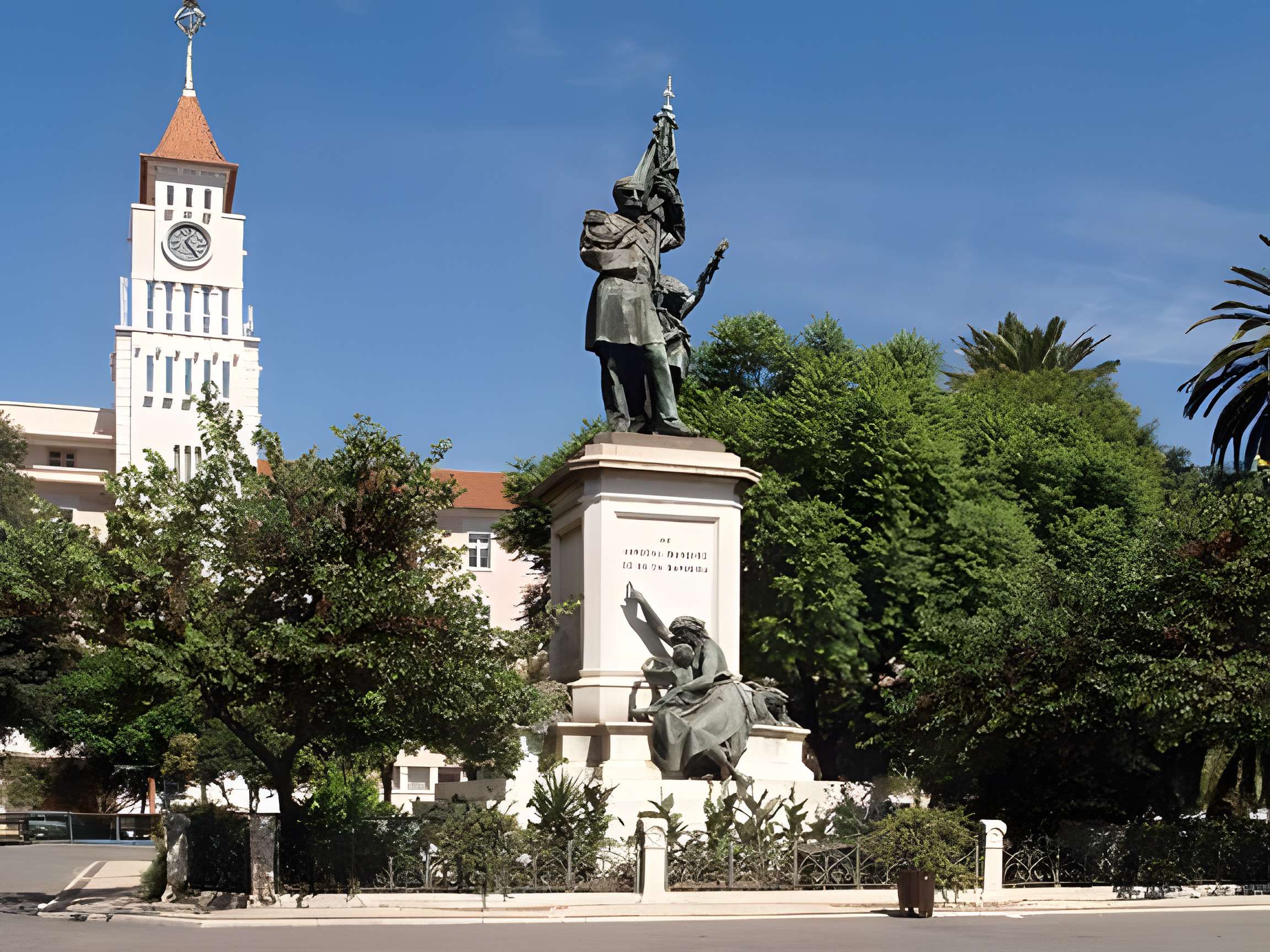It portrays the Marquis of Sá da Bandeira, who was responsible for the abolition of slavery in Portugal. However, there is a detail that you may have overlooked: that of a chained woman holding a child beneath him.
This woman became forever known as "Preta Fernanda", in the History of Lisbon. Her real name was Andresa do Nascimento and she became famous in Lisbon's 19th-century society, enough to be immortalized in this statue.
Andresa do Nascimento was born in 1859 in Cape Verde. At the age of 18, she fell in love with a captain who promised to marry her, and she embarked with him to Portugal. However, his promises proved empty, as the captain eventually abandoned her in Dakar. Abandoned, Andresa would then marry a German man and travel to Lisbon with him. They had two children.
The fate of her husband is uncertain. But it must not be very happy, because we find Andresa again supporting her two children, by posing as a model for an Italian sculptor in the city. She also worked as a maid in the house of a high-society lady until she got enough money to open her own brothel. Andresa, or Fernanda, thus became a famous courtesan, and quite known in the cultural elite of Lisbon! It is even said that she was the only one who remained in the room until the end when the artist Almada de Negreiros presented his Ultimatum Futurista, a document from Portugal’s futurism.

